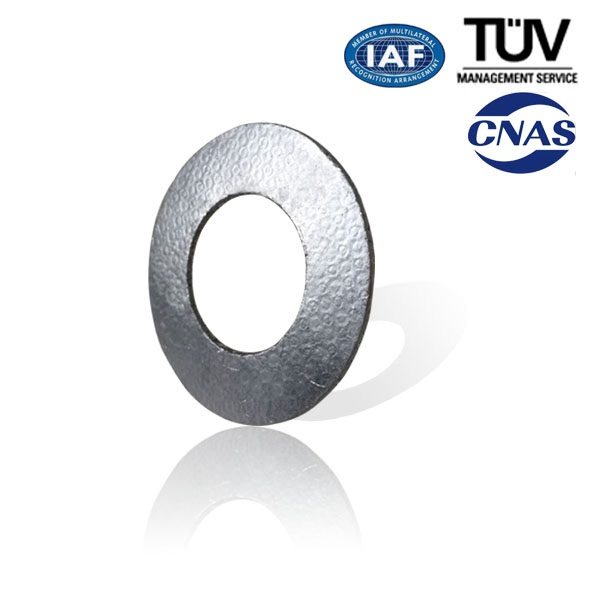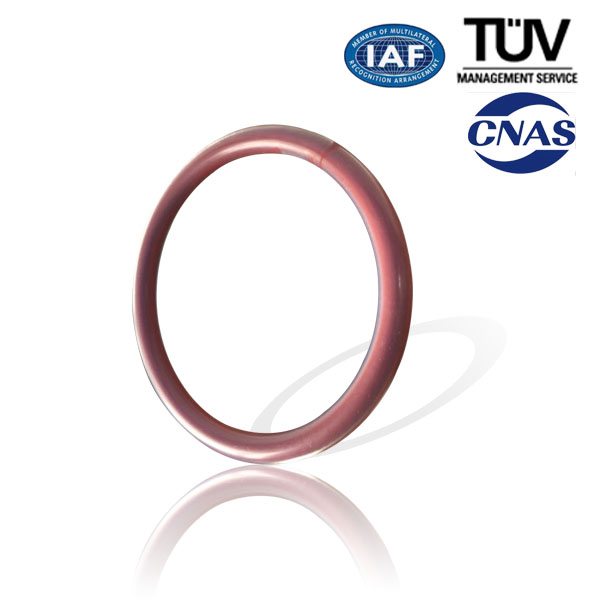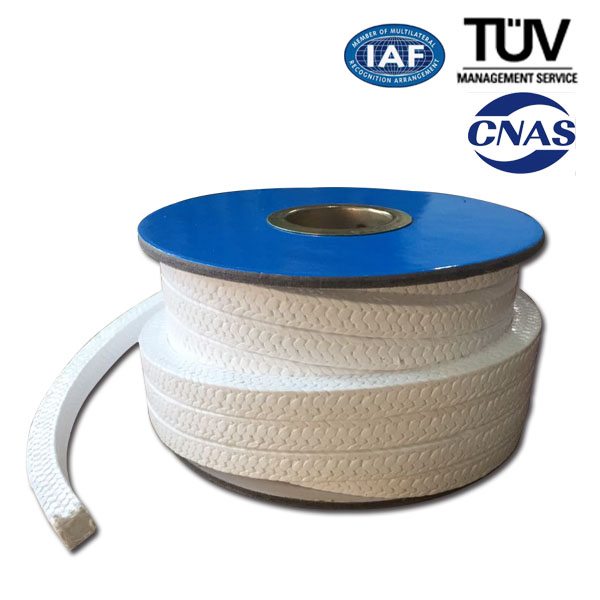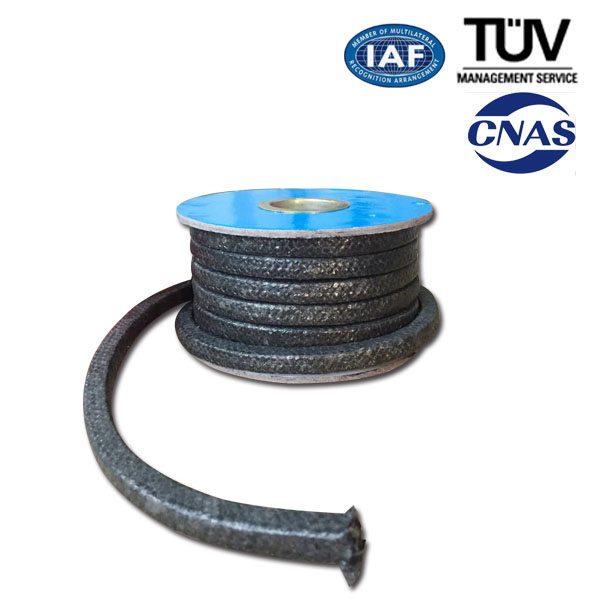Best Price on Reinforced Flexible Graphite Gasket to Tajikistan Manufacturer
Best Price on Reinforced Flexible Graphite Gasket to Tajikistan Manufacturer Detail:
The reinforced flexible graphite composite gasket is composed of pressed metal sheet and flexible graphite grain after pressing and cutting.
1.Characteristic
Reinforced graphite gasket has perfect corrosion resistance, high &low temperature resistance, excellent elastic resilience, good strength. It can be cut into complex shape. Reinforced graphite gasket with inner &outer coating keeps all the excellent characteristics of itself, besides, it could be easily installed, disassembled, undamaged, meanwhile can prevent from medium corrosion, improve the pressure resistance.
2.Technical Data Sheet
|
Reinforced Material |
Pressure Resistance |
Temperature |
Elongation(%) |
Recovery(%) |
|
|
Oxidizing Environment |
Non-Oxidizing |
||||
|
CS Reinforce Sheet |
≥48 |
-10-450 |
-10-550 |
30-35 |
15-20 |
|
SS304,SS316 Reinforced Sheet |
≥48 |
-240-450 |
-200-600 |
30-35 |
15-30 |
|
SS304,SS316 Sheet |
≥48 |
-240-450 |
-200-600 |
30-40 |
10-15 |
|
Ss304, Mesh Sheet |
≥48 |
-240-450 |
-200-600 |
40-50 |
15-20 |

|
Reinforced Material |
Breathable (cm3/min) |
Leakage |
Seal Constant |
||
|
N2 m1/hr |
Bumming oil A |
“M” |
“Y” |
||
|
CS Reinforce Sheet |
<=0.8 |
30 |
<0.5 |
3.0 |
9000 |
|
SS304,SS316 Reinforced Sheet |
<=0.8 |
60 |
<0.5 |
2.5 |
4000 |
|
SS304,SS316 Sheet |
<=0.4 |
35 |
<0.5 |
2.0 |
900 |
|
SS304, Mesh Sheet |
≥1.0 |
70 |
<0.5 |
3.0 |
5000 |
Product detail pictures:

Related Product Guide:
Comparison of O-Ring Materials
A Look at the Molded Gasket
Best Price on Reinforced Flexible Graphite Gasket to Tajikistan Manufacturer, The product will supply to all over the world, such as: , , ,





